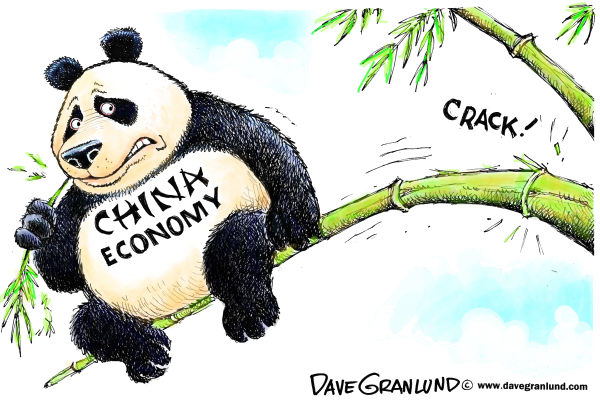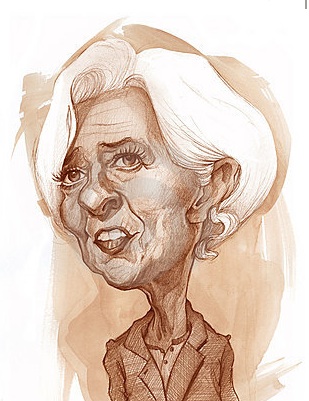Ishac Diwan writes: Five years after the Arab Spring uprisings began, Egypt, Jordan, Morocco, and Tunisia have achieved reasonable levels of political stability. Yet economic growth remains tepid.
Market economies are relatively new to the Middle East and North Africa, having arisen only after the 1980s, when the model of state-directed economic growth collapsed under the weight of its inefficiencies (and resulting debt). Unlike Latin America or Eastern Europe, however, Arab countries liberalized their economies without liberalizing their politics.
As a result, even as the reforms of the 1990s rolled back the state’s economic role – in Egypt, state spending fell from 60% of GDP in 1980 to 30% of GDP in the 1990s – politics continued to shape markets. With economic privileges doled out in a way that favored firms were able to acquire virtual monopolies over entire liberalized economic sectors.
In Egypt, for example, the firms of 32 businessmen closely connected with then-President Hosni Mubarak received in 2010 more than 80% of the credit that went to the formal private sector and earned 60% of the sector’s overall profits, while employing only 11% of the country’s labor force. In Tunisia, former President Zine El Abidine Ben Ali’s cronies received 21% of all private-sector profits in 2010, though their firms employed only 1% of Tunisia’s labor force.
Unsurprisingly, this system generated only modest growth.
And it was not only traditional rent-filled sectors, such as real estate or natural resources, that failed to reach their growth potential. In tradable sectors, such as manufacturing and utilities, rents were created through non-tariff protection and subsidies, leading to anemic export growth.
The result was a dearth of jobs in the formal sector. Intensifying social dissatisfaction was met with rising levels of repression.
The governments that emerged from the Arab Spring’s wreckage inherited a broken system of closed deals. Inadequate property-rights protection is impeding investment, but moving to fair and well-enforced rules is not a realistic prospect in the current environment, given the petty corruption of an underpaid bureaucracy and the polarized political environment.
These countries could try to replicate Turkey’s economic success in 2000-2010, when a political alliance between the ruling party and a broad group of dynamic small and medium-size enterprises (SMEs) contributed to a tripling of exports.
Here, Morocco and Jordan have had some success, with their monarchies proving capable of managing elites who offer both political acquiescence and economic sustenance. Tunisia could take a page out of Morocco’s playbook, expanding its export sector by attracting foreign direct investment, while opening up its domestic services sector to local SMEs. For its part, Egypt is relying on public and private firms close to its army, together with finance from the Gulf Cooperation Council, to support its economy.
For Morocco and Tunisia, the convergence of interests between moderate Islamists and liberals offers a ray of hope. But such hope seems to be lacking for the moment in Egypt and elsewhere in the region.









